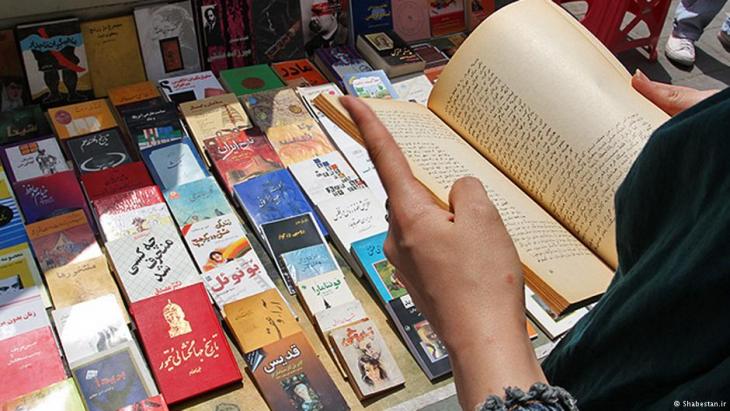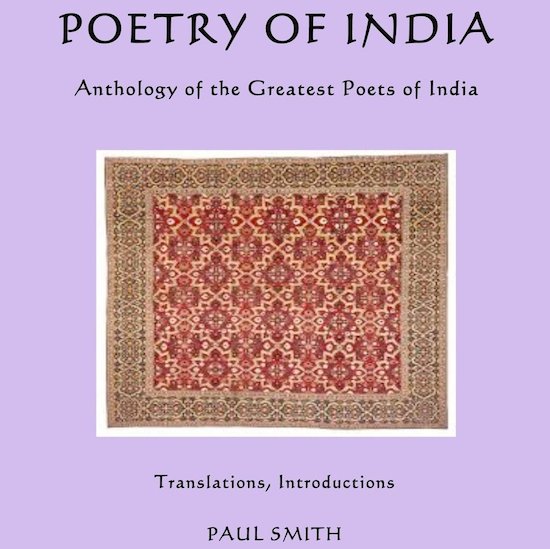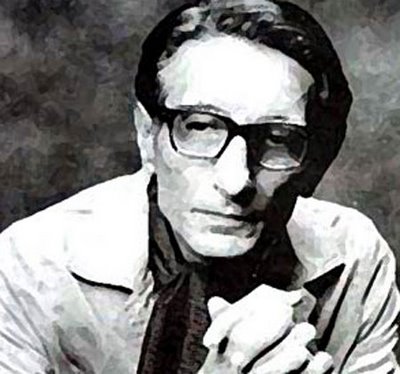It’s safe to say that the Iranian book market has a strong interest in translation: it’s easy to find several translations of the same book in a single bookstore. Several reasons fuel this phenomenon, but the most important is rather banal: Iran’s glaring disregard for copyright laws—both internationally and domestically—mean that these kinds of retranslations run rampant.
Most literary publishers enter the translation and publication processes without securing the rights to the original foreign book. Or they can simply translate/publish a title already in print or well into the process of translation/publication by another publishing house.
Iran is not a signatory to the Copyright Treaty of the World Intellectual Property Organization (WIPO), though it joined WIPO in 2001. Neither does Iran take part in international conventions on the protection of literary and artistic works. Not legally bound in the way that organizations in other countries—such as many European countries and the United States—are, Iran’s public and/or private literary/artistic organizations do not often behave ethically toward their foreign counterparts. READ MORE…



